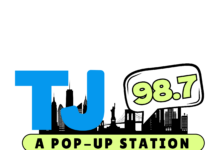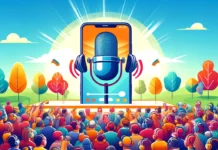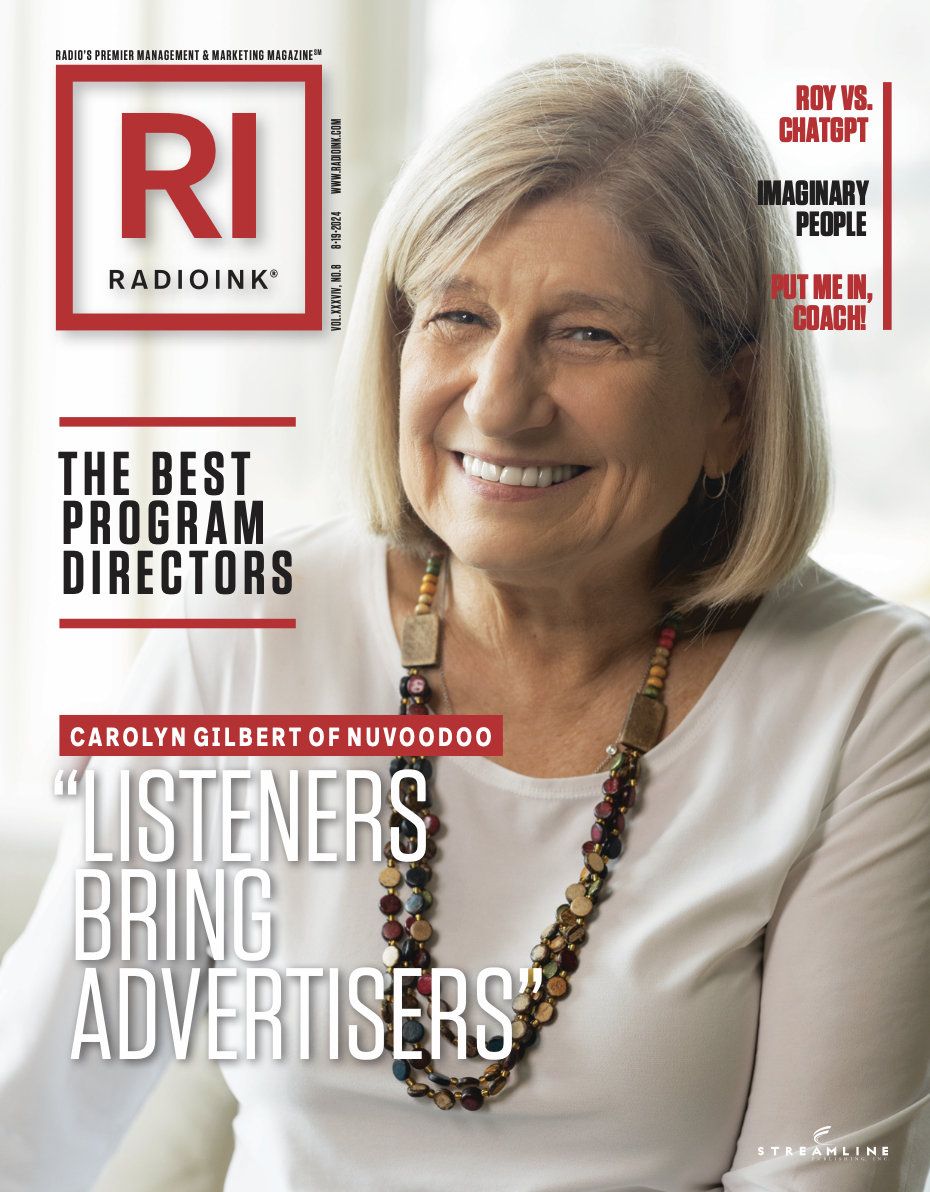
(By Buzz Knight) The concept of listener flow is a somewhat mysterious thing for programmers, talent, and content creators to get their arms around.
Podcasters deal with this concept when we see our Apple Podcast follower data. Our followers gained report lists followers gained, followers lost, and a net gain number for the week or month in question.
In the case of Apple Podcasts and the data they provide, it is possible to look on an episode-by-episode basis to determine a percentage of consumption for each episode, thereby informing us of the audience response to a particular episode, the topic, the guest, or the overall execution of the work.
Still, a bit of a black hole in understanding audience behavior, but at least it’s a start to consider certain hypotheses for improvement.
But broadcasters have faced this for an eternity, only to get their final report card when a rating book comes back and left wondering not knowing what was done right, and what was done to alienate the audience to leave.
Over time, broadcasters would get more information via Nielsen which would shed light on listener behavior in a more granular fashion. This became more of a reality when electronic PPM measurement would get more detailed in helping to explain what listeners do when they leave you, when and how many are leaving.
Of course, there are still gaps in this analysis. I remember that the great Gary Marince – former Arbitron/Nielsen research wizard – addressed listener flow by saying, “They’ve left you at this long commercial break. They might return in 10 minutes, they could return the next hour, tomorrow, next week, or never.”
You always hope to avoid “never.” Here are some strategies to prevent it happening again.
When radio listeners leave your station, they are likely seeking content that better meets their immediate needs or interests. Research indicates several common reasons for this behavior:
- Commercial Breaks: Many listeners switch stations during commercial breaks. Although a high percentage of the audience level is retained, it often involves a different set of listeners returning after the break. This is the conundrum the industry faces and needs to consider and act upon any incremental way to improve this situation. Raising standards of commercial quality is a relevant area of focus as well.
- Content Relevance: Listeners might leave if the content doesn’t resonate with their interests. Creating compelling and relevant content is crucial to retain listeners. This is where talent coaching is crucial to sharpening the saw of content creation and creativity. Listener advisory board groups, focus groups, or any other method of content analysis can provide major benefits in understanding what motivates listeners to tune in, stay tuned in, and most importantly what content can repel them
- Engagement and Interaction: Lack of engagement can drive listeners away. Involving the audience through social media, contests, and interactive segments can help maintain their interest. When radio stations have a black hole of listener engagement, they are asking for trouble concerning the stickiness of their content and their talent.
Understanding these patterns can help radio programmers develop strategies to keep their audience engaged and reduce listener turnover.
Once you get to the root of listener flow patterns, you must also have some understanding of where your audience goes when they leave you.
- Are they getting out of the car because they have arrived at work?
- Have they turned in their Spotify playlist?
- Have they switched to your competition?
Taking a close look at the behavior of your audience, what turns them on and what turns them off, is essential to your brand and ratings success.
Buzz Knight can be reached by e-mail at [email protected]. Read Buzz’ Radio Ink archives here.






